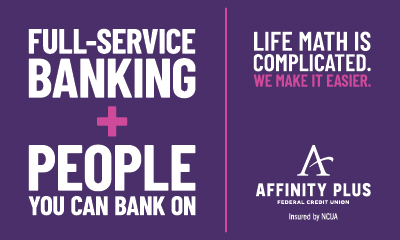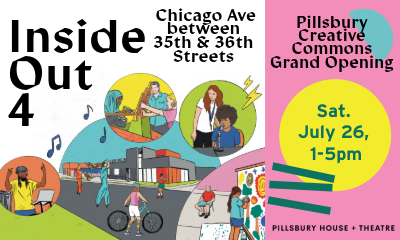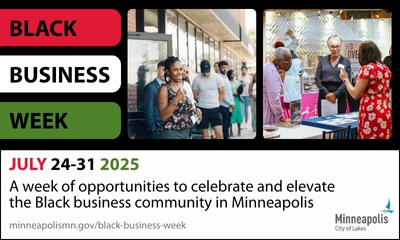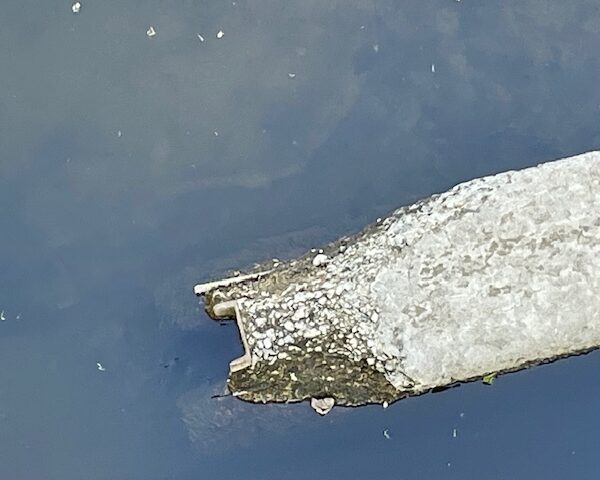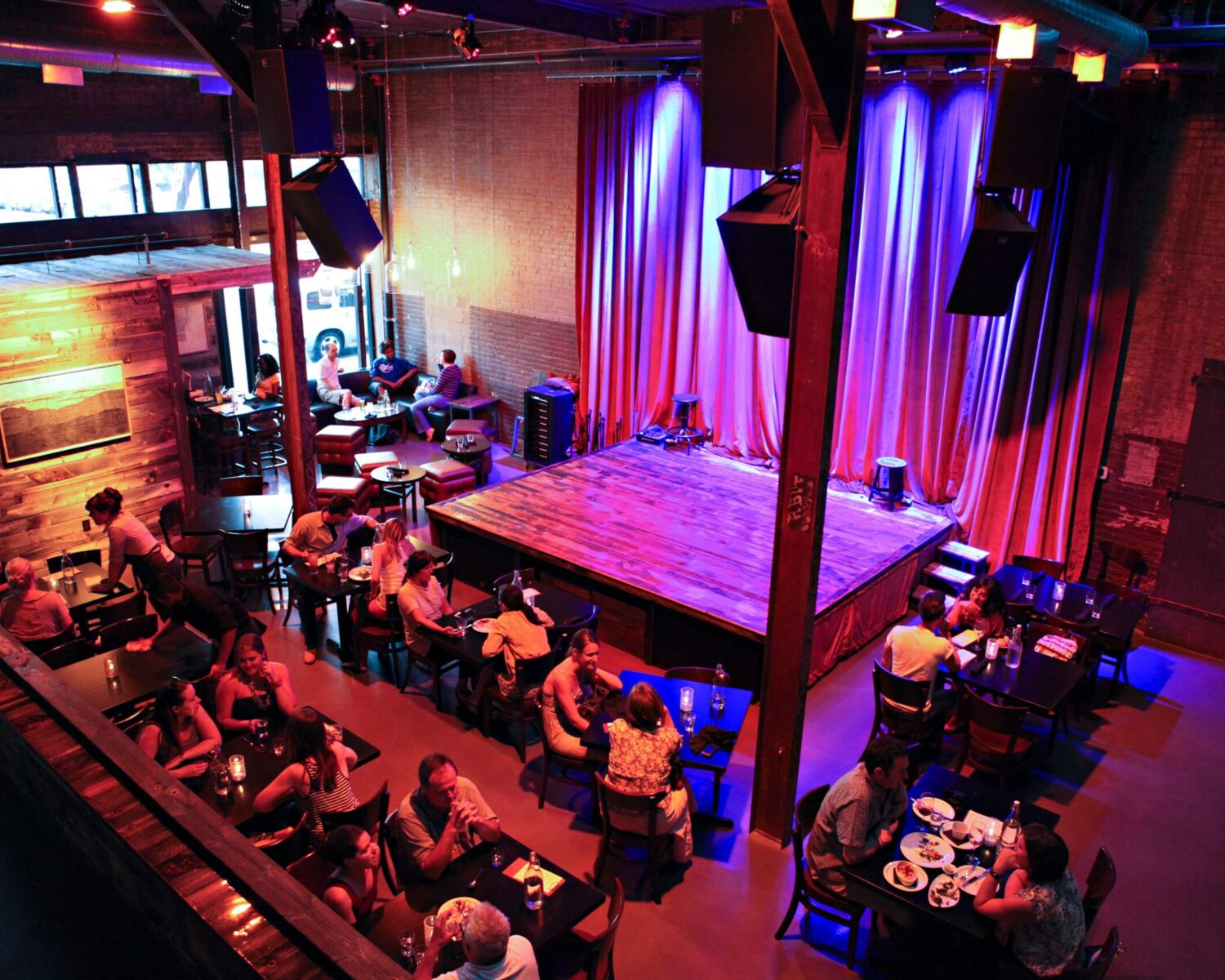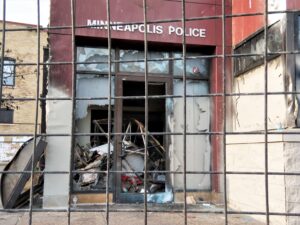
Third Precinct Station on June 1, 2020
BY CLINT COMBS
Protesters outraged over the murder of George Floyd torched the Third Police Precinct. Amid the charred remains of the building, city officials want to rebuild the precinct on 3000 Minnehaha Ave into a democracy hall and community center. It’s unanimous that no one wants another police precinct in South Minneapolis. Community members said they have been ignored throughout this development. The city has been tight-lipped on details about the proposal.
“You got to see Lake Street burn to the ground. That was a very scary feeling for many of our business and residents in the area,” Council Member Jason Chavez of Ward 9 told Southside Pride in an exclusive interview.
Dave Bicking, a member of Communities United Against Police Brutality (CUAPB), attended nearly every public meeting on this issue. Each time there’s the same paper where residents answer a set of survey questions predetermine by city officials.
“A long time went by before they figure out how to do any community input,” Bicking said. “It’s hard to get a general consensus and of course there were a lot of people at these meetings. And both of the rooms were open houses, where people can fill out our survey or talk to individuals.”
Matt Leighninger, executive director of the Center for Democracy Innovation at the National Civic League, described democracy as in “bad shape right now.”
Leighninger warned that any democracy center should have substantial community input.
“People need places, welcoming, wired, warm buildings where people can go to have meetings, to organize a food drive, to register to vote,” Leighninger said. “The design of the building, and also the programing (what’s going to be happening there) should be something that residents of that community have a chance to weigh in on.”
Minneapolis City Operations Officer Margaret Anderson Kelliher outlined the proposed democracy and community center to city leaders last April.
“We are bringing forward, putting into the building a need that the city has. That need is for a democracy center, election and voter services, outreach into the community,” Kelliher said.
The plan is to have a 4,000-square-foot early voting center and 8,000-square-foot community center. The remaining 4,100-square-foot warehouse is reserved for voting machines and mail-in ballots.
“What you are going to see is 8,000 square feet on the main floor, on the first level that would be activated by the community, likely through some sort of RFP process going forward,” Kelliher added.
The current Election Voter Service (EVS) center on 980 E Hennepin Ave has a lease that expires in November 2029. City officials expect that lease to increase from $372,000. Election center officials said that building a democracy and election center near the Blue Line Light Rail on Lake Street would help push out new voters in a neighborhood that typically stays home on Election Day.
“The site itself at 3000 Minnehaha is an ideal central location for elections and voter services. It’s located on the Lake Street/Mid Town Transit. It’s walkable, it’s bicycle friendly,” Katie Smith, Director of Elections and Voter Services, said last April.
City Council Member Aisha Chughtai of Ward 10 challenged city officials on claims that they are placing election voter services in neighborhoods with historically low voter turnout.
“There are certainly a handful of precincts, but really a couple precincts with voter turnout under 40 percent in that area,” Chughtai said. “It’s really compelling to hear that the proximity to an EVS site increases voter turnout in a given a community.”
Chughtai added that, “Ward 9 or South Minneapolis is not where the lowest turnout in the city is.”
Chavez shared similar views on the new election center. “I’m not against building elections and voting services in South Minneapolis, in Ward 9 and across the city,“ Chavez said.
“I’m not disputing the fact that we need more election voter services, we do,” Chavez added. “In this corner that has a lot of trauma, we should be using that site to address that trauma.”
That trauma Chavez described disproportionately affects black and native Minnesotans according to state data. Indigenous Minnesotans were ten times as likely to die from a drug overdose than white Minnesotans, according to data from the MN Department of Health. Black Minnesotans were more than three times as likely to die from drug overdose than white Minnesotans. About 64 percent of the homeless population are people of color, according to data from the Minnesota Interagency Council on Homelessness.
“What they want has been identified multiple times through various community engagement. That’s:
– Work to address the opioid crisis.
– Work to address unsheltered homelessness.
– Making sure we bring community hubs to that corner.”
In 2023 unhoused residents were turned away from Hennepin County’s Adult Shelter Connect Hotline because shelters were booked to capacity.
Nicole Mason, community organizer for Camp Nenookaasi, knows how police have treated unhoused natives at encampments throughout Minneapolis.
In an Instagram post on Sept. 18, Mason described the naive ways in which city officials handled these encampment sweeps.
“The city came and gave everybody a pamphlet. They gave them a pamphlet when nobody has a phone,” Mason recalled.
Jose Acuna, a Homeless Response Coordinator with the city of Minneapolis, approached Mason with news of another eviction.
“I knew the eviction must be coming because there’s drones and what not,” Mason said. “I said how many beds are available?”
“He said that’s the good question. That’s what he said,” Mason said referring to Acuna.
“You guys got to do better. You guys have to have a list of what is available tonight,” Mason said.
The Third Police Precinct was a house of lawlessness fit only for cops who bank on the misery of others. Chavez recognized that residents “unfortunately” don’t want a voting services center either.
Response to questions from the city of Minneapolis:
What functions will this proposed democracy center support? (early voting, housing assistance for ex., food and drinks for unhoused, case management)
A: The proposed democracy center will provide a permanent home to the city’s Election and Voter Services Department, which is currently leasing space in an industrial area in Northeast Minneapolis. This proposal would also house the city’s Early Vote Center, where it will be more centrally located, connected to transportation, and in an area with historically lower voter turnout. Activities will also include the coordination of mail balloting, hospital voting, voter outreach and engagement, and pop-up voting events.
In addition, the plan calls for setting aside more than 8,000 square feet of the space for community use, roughly two thirds of the ground floor. The community use space is not yet defined, and we are engaging with residents and local businesses about what kinds of uses people might want to see there.
Will it be similar to, for example, the Native American Center, on Franklin?
A: We are still working with residents and local businesses to identify how the community space might be used. But, like the Minneapolis American Indian Center, we envision a place that serves the immediate community and is welcoming to all.
How is this democracy center different from a Board of Elections precinct?
A: The democracy center will be home to the city department that manages elections and will house the city’s Early Vote Center. A voting precinct is a location that serves as a polling place only on election days.
Does the city have enough in its budget to complete this project? If not, then how much is needed?
A: The next phase of design will include cost estimation for the redevelopment proposal.
Are there going to be early voting and register to vote initiatives?
A: Yes. Elections & Voter Services would include an Early Vote Center to support early in-person voting, ballot drop-off, voter registration, outreach and engagement, pop-up voting, as well as language support.
Does the community support the renovation from a former police precinct to a voting hall?
A: The City conducted a series of engagement opportunities on the proposed democracy center over the summer. Results from that engagement will be shared with the public at an open house on Oct. 2 from 5:30-7:30 p.m. at the Minneapolis American Indian Center located at 1530 E. Franklin Ave.
What functions does this center provide outside of voting and democracy?
A: Some of the potential uses for the community space in the democracy center include arts and cultural activities, social services, business services, community gathering space, and wellness activities.


